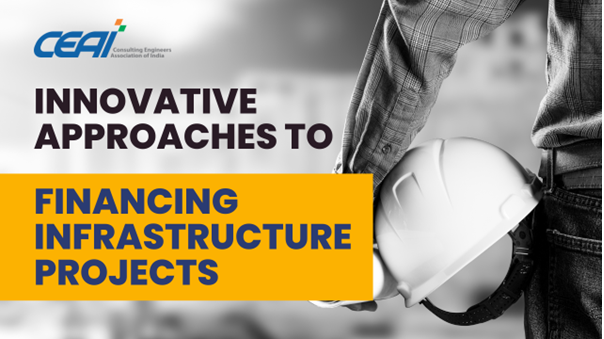
Infrastructure projects such as transportation systems, energy grids, and water supply networks are crucial to economic growth and development. However, financing these projects can be a challenge, as they often require significant investments that governments and private sector entities may not be able to fund entirely on their own. This is where innovative approaches to financing infrastructure projects come into play. In this blog post, we will discuss some approaches, including public-private partnerships, crowdfunding, and other strategies for ensuring that projects are financed sustainably and responsibly.
Public-Private Partnerships (PPPs)
One of the most widely used innovative approaches to financing infrastructure projects is the public-private partnership (PPP) model. PPPs involve collaboration between the public and private sectors to design, build, and operate infrastructure projects. Under this model, the public sector typically provides some funding or other incentives, while the private sector brings in expertise, technology, and financial resources. PPPs can be structured in different ways, depending on the needs and priorities of the parties involved. Some common types of PPPs include build-operate-transfer (BOT), design-build-finance-operate (DBFO), and build-own-operate-transfer (BOOT).

PPPs offer several benefits over traditional procurement methods. For one, they can help to reduce the burden on public budgets, as the private sector is often responsible for a significant portion of the financing. Additionally, PPPs can help to improve the quality and efficiency of infrastructure projects, as private sector partners are incentivized to deliver results on time and within budget. Finally, PPPs can help share risks and rewards between the public and private sectors, ensuring that both parties have a stake in the project’s success.
Crowd funding
Another innovative approach to financing infrastructure projects is crowdfunding. Crowdfunding involves raising funds from a large number of individuals or organizations through online platforms. Crowdfunding has become increasingly popular in recent years, as it offers a way for small and medium-sized projects to access funding that might not be available through traditional sources.

Crowdfunding can be particularly useful for infrastructure projects that have a clear social or environmental benefit, as these types of projects can often generate a high level of interest and support from the public. Crowdfunding can also help to build community engagement and support for the project, as contributors become invested in its success. However, crowdfunding also has some limitations, including the need to generate a large number of small donations and the potential for projects to be underfunded if they do not generate enough interest.
Green Bonds
Green bonds are another innovative approach to financing infrastructure projects, particularly those that have an environmental or sustainability focus. Green bonds are fixed-income securities that are used to finance projects that have a positive environmental impact, such as renewable energy or sustainable transportation systems. Green bonds can be issued by governments, corporations, or other organizations, and they are typically certified by third-party organizations to ensure that the funds are used for the intended purpose.
Green bonds offer several benefits over traditional bond financing. For one, they can help to mobilize capital from investors who are specifically interested in supporting sustainable and responsible projects. Additionally, green bonds can help to reduce the cost of financing for infrastructure projects, as they often attract lower interest rates than traditional bonds. Finally, green bonds can help to improve the transparency and accountability of infrastructure projects, as investors have a clear understanding of how their funds are being used.
Conclusion
Innovative approaches to financing infrastructure projects are becoming increasingly important as governments and private sector entities look for ways to fund the development of critical infrastructure. Public-private partnerships, crowdfunding, and green bonds are just a few of the approaches that are being used to ensure that infrastructure projects are financed sustainably and responsibly. By leveraging the strengths of the public and private sectors and engaging with communities.
